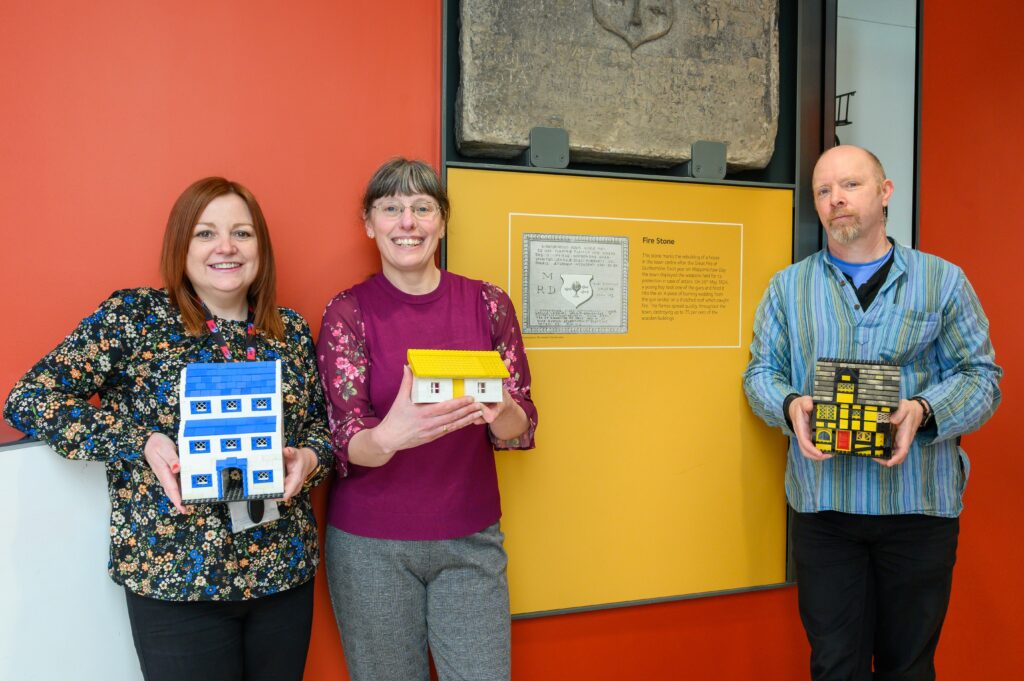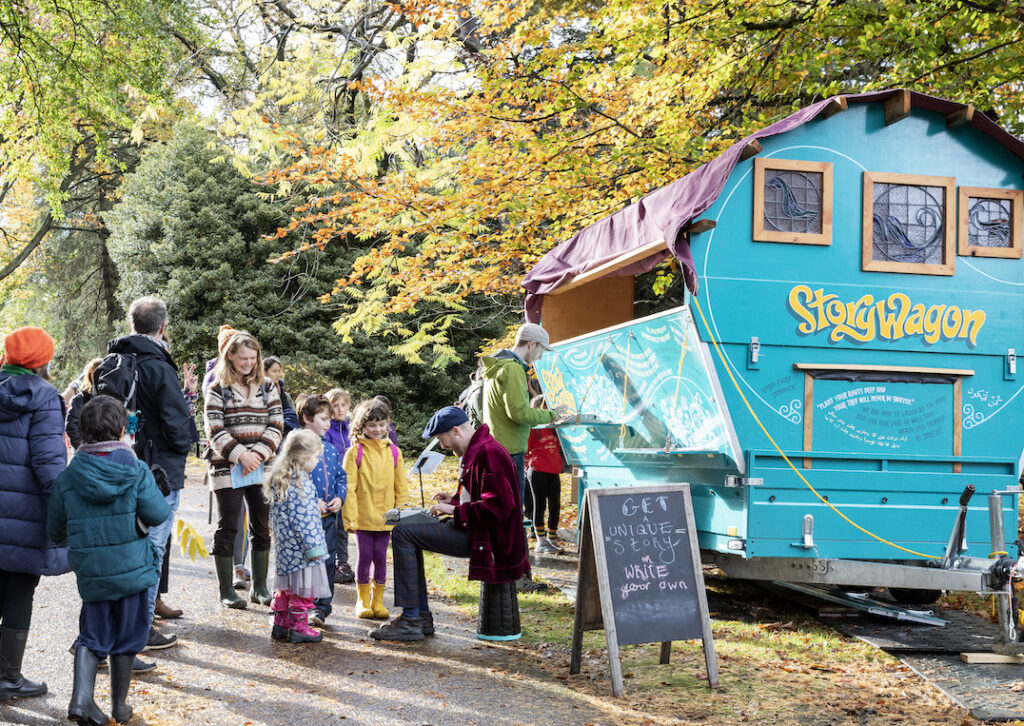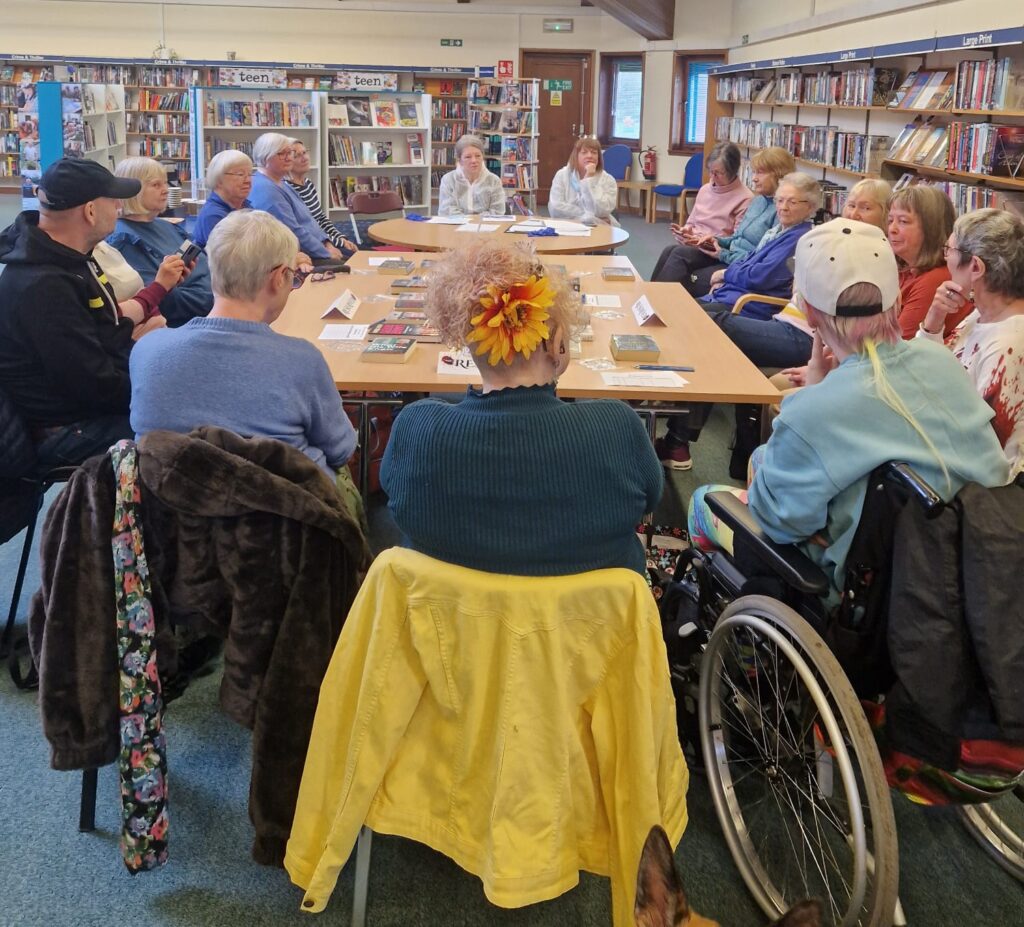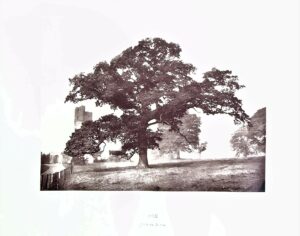
The Trees and Shrubs of Fife and Kinross – published in 1879 – is being made more widely available, giving new readers fresh insights into the natural history of both counties.
Only 100 copies of the book by Kirkcaldy linen manufacturer John Jeffrey and St Andrews-based botanist Charles Howie were published, but new technology is about to extend its reach. Until now, just a handful of UK libraries – including Cupar’s Duncan Institute – had publicly accessible copies.
A scanner recently acquired by the Cupar library will enable staff to produce high-resolution copies of the book, which features 29 images by pioneering Burntisland photographer, Andrew Young.
Young’s majestic, sometimes eerie, images give the publication the feel of a Victorian coffee table book, and these glimpses of a world before the motor car are fascinating to contemporary readers.
Library users can access a wealth of information collected by Jeffrey and Howie between 1875 and 1878. Having visited 114 locations, the pair recorded botanical facts and vital statistics on each specimen – from Acacias to Yews – including girth, height and diameter of branches.
The text suggests the authors would be pleased to connect with a 21st century audience. “Records of this kind,” they wrote in the preface, “cannot fail to be of present utility, and of interesting value hereafter.”
OnFife’s Local Studies Supervisor Andrea McMillan says wider availability of the book is well timed: “People have a renewed sense of just how important trees are to our everyday lives. To help create a better future, we should be more aware of the past.
“It would be interesting to find out if any of these trees are still around – and wonderful if efforts could be made to replace those that have been lost over the past 143 years.”
The preface hints that the authors would approve: “Our chief object will be fulfilled if we can interest the reader in the object of arboriculture, or contribute to the information and enjoyment of any lover of nature.”
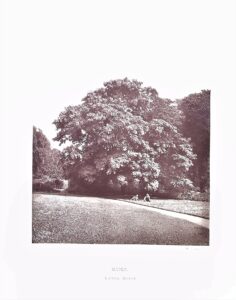
Creating new, accessible formats of the book has become possible thanks to a donation from Fife Family History Society to the cultural charity OnFife, which runs Duncan Institute.
OnFife’s Local Studies team, which works closely with the Family History Society, has long-term plans to digitise as much of its archive material as possible. The new scanner will play a key role in the process.
The A2 scanner and cradle, which allows documents to rest in the optimum position for copying, is perfect for items that are too unwieldy or fragile for its existing copiers.
Among them are old and rare books, bound volumes of broadsheet newspapers, historical records, maps and plans, large photographs and a few watercolour pictures.
Andrea says the new scanner means staff can better serve customers: “In the past, we’ve sometimes had to make copies with digital cameras, but the results often left a lot to be desired.
“Now we can scan items easily with less risk of damage. We are also better able to crop photos and home in on details in documents. Nothing beats poring over source materials but digital opens new doors for us.”
Visitors can call Cupar, Kirkcaldy or Dunfermline Carnegie libraries to book an appointment with the Local Studies team – or visit the Local and Family History section on the OnFife website.
Maple, Cambo House
Oak, Lundin House
Plane, Old Avenue, Aberdour
Scots Fir, Big End, Tentsmuir


